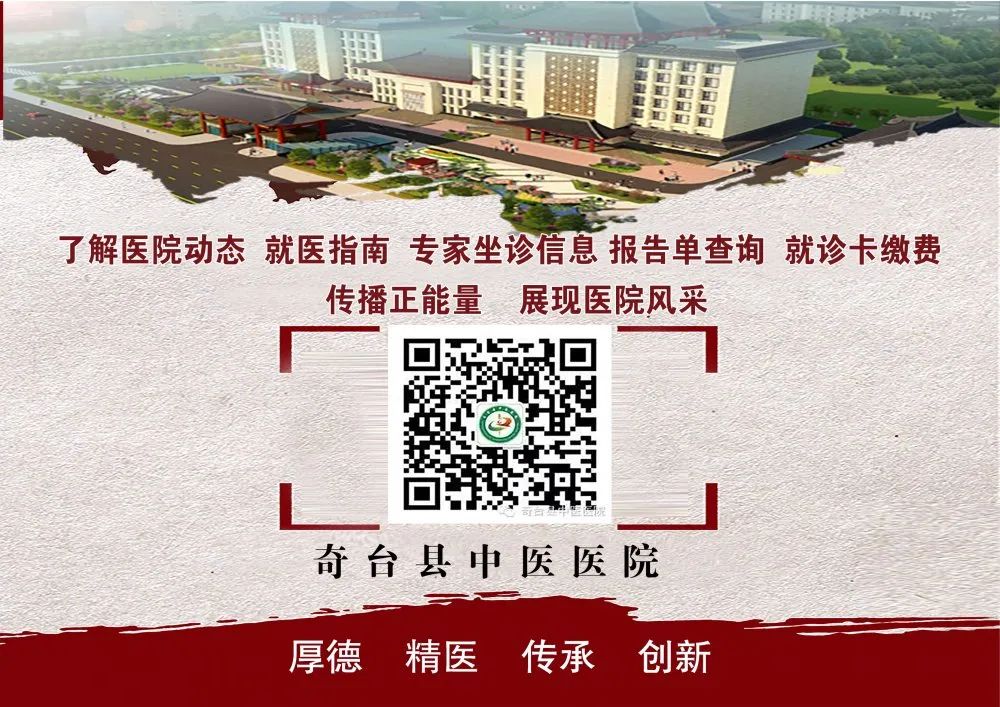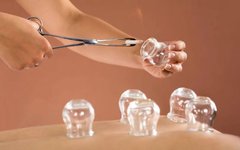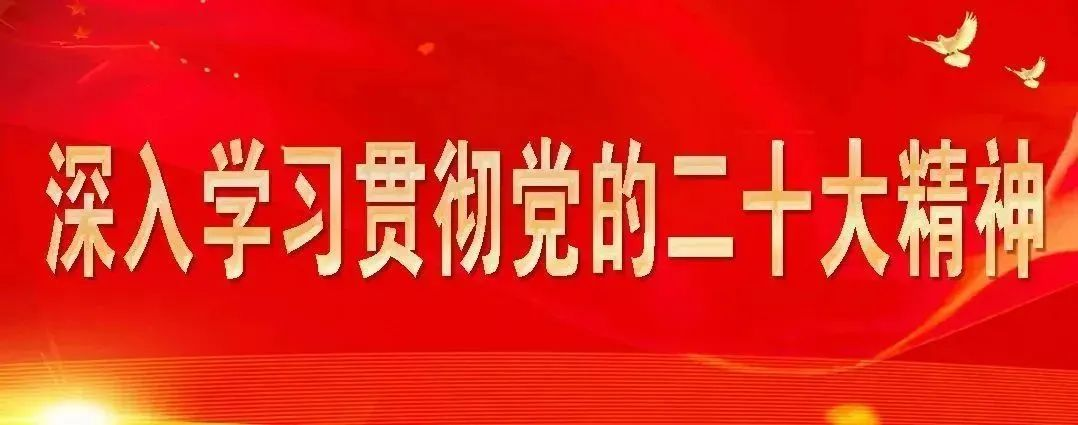

Modern lifestyles have led to various neck, shoulder, waist, and leg pains, prompting many individuals to prefer traditional Chinese medicine therapies such as cupping, gua sha, and moxibustion to dispel wind and cold, unblock meridians, and invigorate blood circulation. So, what do the varying depths of cupping marks signify? What information can these marks provide about our bodies? Today, let’s discuss cupping therapy, particularly the diagnostic interpretation of cupping marks in terms of cold, heat, deficiency, and excess.
Cupping is one of the distinctive therapies in traditional Chinese medicine, known for its ability to unblock meridians, promote qi and blood circulation, reduce swelling and pain, and dispel wind and cold.
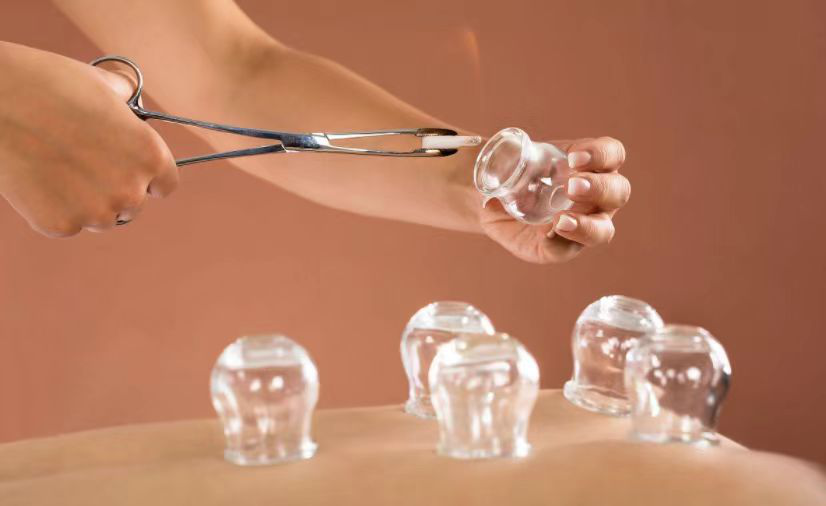
1. Common Cupping Techniques
1. Flash Cupping: This technique involves using the flash fire method or suction method to attach the cup to the skin, then quickly removing it, repeating the suction and release multiple times until the skin becomes red and warm. It is suitable for conditions such as colds, skin numbness, facial disorders, post-stroke sequelae, or weakness.
2. Moving Cupping: Also known as sliding cupping, this method involves applying a lubricant to the area where the cup will be placed, attaching the cup to the skin, then holding the bottom of the cup and tilting it slightly to push and pull back and forth or perform circular motions. This is repeated until the skin becomes red or develops petechiae. It is suitable for acute febrile diseases, deep tissue pain due to qi and blood stagnation, external wind-cold, neuralgia, rheumatic pain, and widespread pain.
3. Retained Cupping: Also known as stationary cupping, this technique involves leaving the cup in place for 10-15 minutes after suctioning. It is applicable for most clinical conditions.
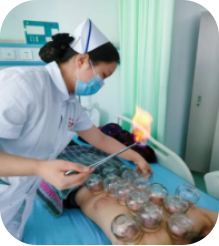
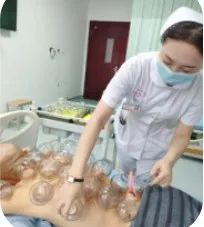
2. What are Cupping Marks?
1. Ancient medicine believed that cupping marks were formed when internal evils and toxins were drawn to the skin’s surface by the negative pressure created during cupping.
2. Modern medicine posits that the negative pressure during cupping causes local tissue congestion and edema, increasing the permeability of superficial capillaries, leading to dilation and rupture, resulting in blood entering the interstitial space and causing bruising, ultimately forming cupping marks. The skin may exhibit purple-red spots or patches, sometimes accompanied by mild heat and pain. Cupping marks are a normal reaction and typically disappear within 1-2 days.
3. Analysis and Care of Cupping Marks
1. Dark Purple Cupping Marks: These marks generally indicate insufficient blood supply within the body, blocked meridians, and stagnation of qi and blood. It is recommended to consume more blood-nourishing foods such as Dang Gui (Angelica Sinensis), Shu Di Huang (Rehmannia Glutinosa), Bai Shao (White Peony), Ejiao (Donkey-hide Gelatin), Huang Qi (Astragalus), Chuan Xiong (Ligusticum Chuanxiong), Da Zao (Jujube), and Gou Qi Zi (Goji Berries).
2. Purple Cupping Marks with Patches: Generally indicate the presence of cold accumulation and blood stasis in the body. It is advisable to consume foods such as black chicken, longan, lamb, and leek, and to add ingredients like Shan Yao (Chinese Yam), Huang Qi, Da Zao, Ejiao, and Pao Jiang (Dried Ginger) to the diet.
3. Cupping Marks with Varied Depths: Indicate symptoms of qi stagnation and blood stasis. It is recommended to eat foods such as soybeans, shiitake mushrooms, eggplant, and onions. Additionally, herbs like Hu Zhang (Bamboo Leaf), San Qi (Notoginseng), and Ji Xue Teng (Spatholobus Suberectus) can be included.
4. Bright Red Cupping Marks: Generally indicate yin deficiency, qi and blood deficiency, or excess fire due to yin deficiency. For those with yin deficiency, it is advisable to consume more cooling and nourishing foods such as black fungus, white fungus, tofu, sugarcane, pear, watermelon, cucumber, lily bulb, Mai Dong (Ophiopogon), and Shi Hu (Dendrobium).
5. Grayish-White Cupping Marks: These are often associated with deficiency cold or dampness.
6. Cupping Marks with Skin Patterns or Mild Itching: Indicate wind or dampness. Patients with these symptoms should incorporate more damp-dispelling herbs into their diet, such as Fu Ling (Poria), Zea Mays (Corn), five-finger peach, Cang Zhu (Atractylodes), Tu Fu Ling (Smilax), Yi Yi Ren (Job’s Tears), and bian dou hua (Lima Bean Flower).
7. Moisture Inside the Cup: Indicates the presence of dampness in that area. For those with significant dampness, it is advisable to regularly consume damp-dispelling soups as part of their diet.
8. Blisters on Cupping Marks: Indicate heavy dampness in the body; if the blisters contain blood, it reflects damp-heat toxicity.
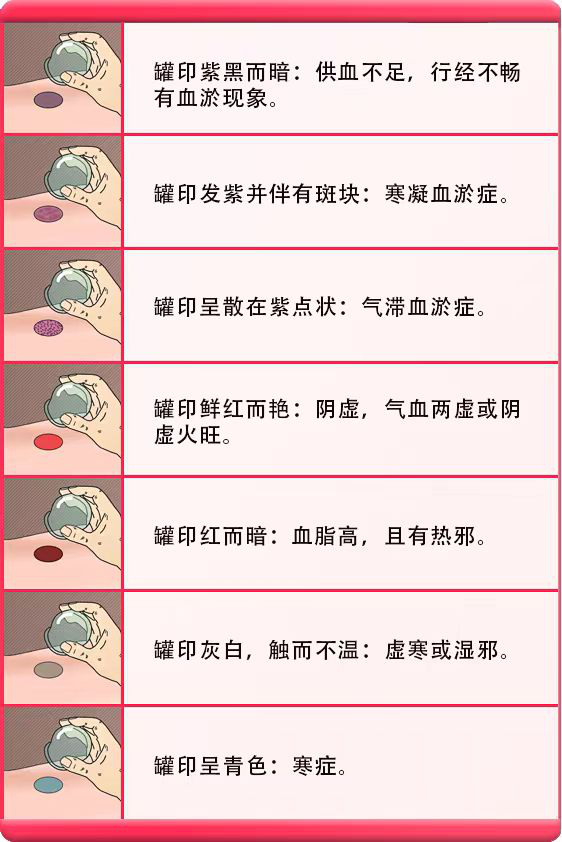
4. Precautions for Cupping Therapy
1. Cupping and Bathing: Which Comes First?
After cupping, many people who enjoy bathing often say, “Cupping and bathing are both essential.” Indeed, the warm bathwater and the warmth of cupping can be very comforting. However, the order is crucial; it is acceptable to bathe after cupping, but one should never bathe immediately after cupping. After cupping, the skin is in a relaxed state, making it vulnerable to damage or inflammation, especially with cold water. Therefore, it is advised not to bathe immediately after cupping!
2. Is Longer Cupping Time Better?
Many believe that cupping should last at least half an hour, with some thinking that the appearance of blisters indicates effective cupping, especially among the elderly. However, is longer cupping time truly better? The duration of cupping depends on the size, material, and suction strength of the cup. Generally, it is advisable to limit cupping time to no more than ten minutes from the moment the fire is extinguished until the cup is removed. The primary principle of cupping is based on negative pressure, not duration. Prolonged cupping under high negative pressure can harm the skin and potentially lead to infection.
3. Can You Cup the Same Area Repeatedly?
Some people believe that if one cupping session is ineffective, repeating it on the same spot will yield results. While it is possible to cup multiple areas for comprehensive treatment, repeatedly cupping the same spot can lead to redness, swelling, and skin damage, which may not be worth the effort.

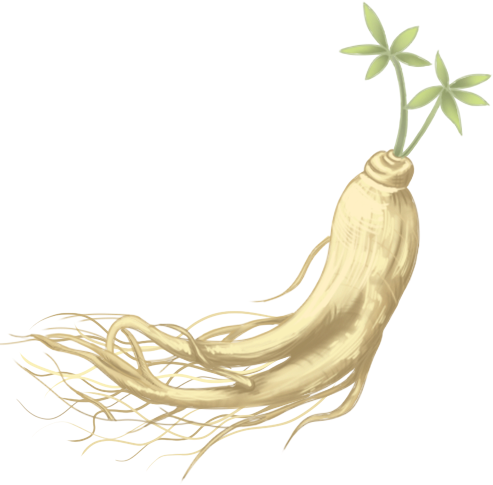
Source: Qitai County General Hospital Traditional Chinese Medicine Department (Qitai County TCM Hospital)

Editor: Pajieida
Proofreader: Zhang Shijie
Reviewer: Ma Junmin
